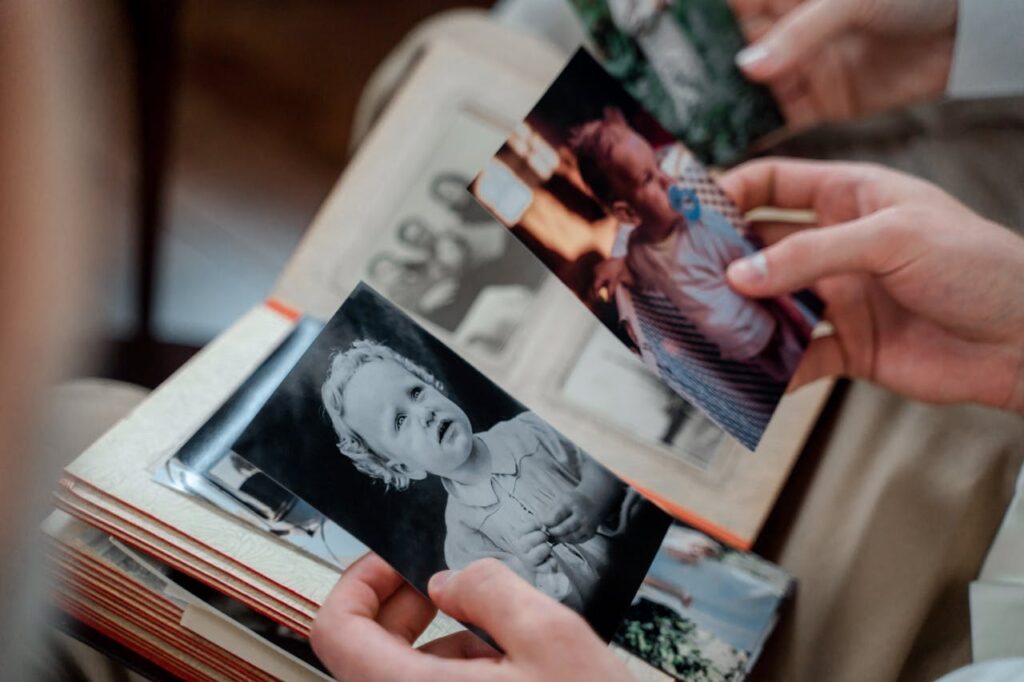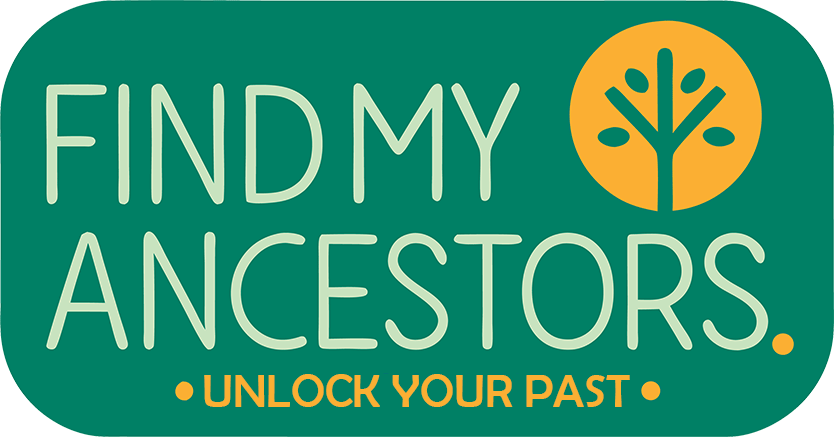Family history is about more than just names and dates. It is about understanding the lives of the people who came before you, their experiences, traditions, and the small details that made them who they were.

One of the best ways to bring those stories to life is by using personal items like photographs, letters, and even family recipes. These simple treasures can add warmth and personality to your research, transforming a collection of facts into a living story.
Why the personal touches matter
When you start building your family tree, it is easy to focus on official records: birth certificates, census entries, and marriage dates. While these are important, they do not always capture the human side of your ancestors.
A photo can show you a loved one’s face for the first time. A letter can reveal their voice, their humour, or even their worries. A recipe can connect you to the smells and tastes that were part of their daily life.
Adding these personal touches makes your family history feel real, not just for you, but for anyone you share it with.
Using photographs to tell a story
Family photos are more than just images. They are snapshots of a time, place, and relationship.
- Look beyond the people: What do the clothes, hairstyles, or backgrounds tell you about when and where the photo was taken?
- Group photos: Try to identify everyone in the picture. Who stands next to whom? Could the arrangement reveal family dynamics or closeness?
- Preserve and label: Scan old photographs and write down who is in them while someone still remembers. Digital copies protect them from damage and make sharing easier.
Even a single photograph can spark questions. Who took it? What was the occasion? Why are those objects in the background? Do they look wealthy or poor? Each answer can lead you to new stories.
Letters are voices across time
Letters and postcards offer an intimate glimpse into your ancestors’ thoughts and personalities.
- Read between the lines: What tone do they use? Is it formal, affectionate, or light-hearted? This tells you about their relationships.
- Context matters: Check dates and addresses. A wartime letter or one sent during migration can provide clues about life events and family movements.
- Preserve carefully: Keep letters flat in archival sleeves and consider transcribing them. A typed version makes them easier to read and share with relatives.
Letters are especially powerful for compelling storytelling. They let you hear your ancestors’ voices, using their own words, in a way that official documents never could.
A taste of the past
Food is deeply tied to family identity. Handwritten recipe cards, notebooks, or cookbooks passed down through generations can be as valuable as any official record.
- Spot traditions: Recipes often reveal cultural roots or regional influences. Maybe your family’s shortbread recipe connects you to Scottish heritage, or an Irish stew tells a story of resilience during hard times.
- Cook and share: Recreating an old recipe is a lovely way to connect with your ancestors. It can turn a story into a shared experience with your family today.
- Document them: Scan handwritten recipes and add notes about who made them and when. These small details make the recipe part of the family’s narrative.
Recipes turn genealogy into something you can see, smell, and taste.
Bringing it all together
You do not need to be a professional storyteller to use these items in your family history. Combine photographs, letters, and recipes with the records you already have.
For example:
- Write a short profile of a grandparent, using a photograph as inspiration.
- Pair a recipe with the story of who first cooked it and why it mattered to them.
- Use quotes from letters to add colour to a family history project or presentation.
These personal touches make your research engaging and memorable, turning a family tree into a family story. It may seem like small things, but they are often the most treasured parts of family history. They give us glimpses into the personalities, values, and traditions of the people who came before us.
Next time you look through your family records, take time to explore these personal items. Scan them, share them, and most importantly, use them to tell the stories that only your family can tell.
